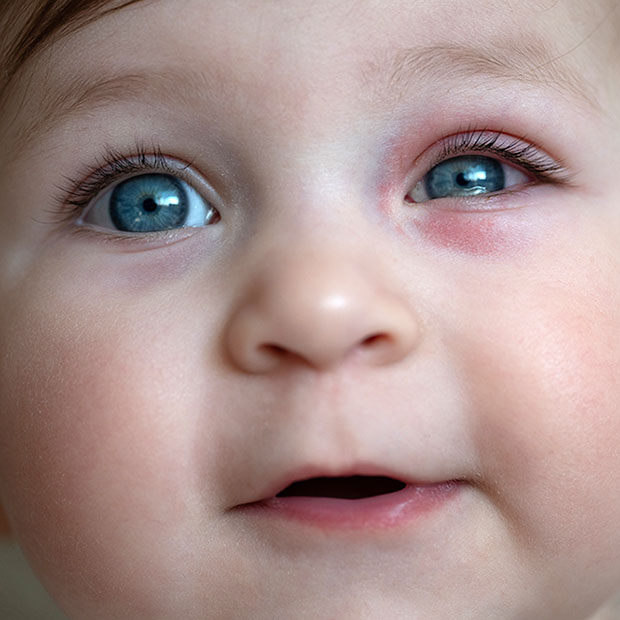Causes, Types, and Treatment of Pink Eye

Pink eye (conjunctivitis) is one of the most common and contagious eye conditions.
It occurs when the conjunctiva (the thin, clear tissue covering the white part of the eye and the inside of the eyelids) becomes inflamed or infected. The result is redness, irritation, and often a sticky discharge that gives the condition its well-known nickname.
Understanding the different types of pink eye and their causes can help you know how to respond, when to seek care, and how to prevent spreading it to others. Pink eye can be caused by viruses, bacteria, allergens, irritants, or underlying medical conditions. The specific cause determines the type of conjunctivitis and the appropriate treatment.
Viral Conjunctivitis
This is the most common form and is often linked to the same viruses that cause colds and upper respiratory infections. It usually begins in one eye but may spread to the other. Symptoms include watery discharge, itching, and light sensitivity. It’s very contagious and spreads easily through contact with infected hands or surfaces.
Bacterial Conjunctivitis
Caused by bacteria such as Staphylococcus or Streptococcus, this form also spreads through contact and is common among children. It usually involves a thick, yellow-green discharge, redness, and eyelid swelling. Both eyes may be affected, and it can spread quickly in schools or daycare settings.
Allergic Conjunctivitis
This form isn’t contagious and results from an allergic reaction to substances like pollen, pet dander, or dust mites. It typically affects both eyes and comes with intense itching, tearing, and swelling. It’s often seasonal but can occur year-round depending on the allergen.
Irritant Conjunctivitis
Smoke, chlorine, air pollution, or exposure to chemicals can irritate the eyes and trigger pink eye symptoms. This type usually clears up once the irritant is removed.
Recognizing the Symptoms
While the symptoms of pink eye vary depending on the type, common signs include:
- Redness in the white of the eye
- Excessive tearing or discharge
- Gritty or burning sensation
- Crusty eyelashes, especially in the morning
- Swollen eyelids
- Sensitivity to light
If symptoms include significant pain, vision changes, or sensitivity that doesn’t improve, it’s important to contact an eye doctor for further evaluation.
Treating Pink Eye
Treatment depends on the cause:
- Viral conjunctivitis usually clears up on its own within a week or two. Cold compresses and artificial tears can ease discomfort.
- Bacterial conjunctivitis may require antibiotic eye drops or ointments. Improvement typically begins within a few days.
- Allergic conjunctivitis can be managed with antihistamine or anti-inflammatory eye drops. Avoiding known allergens helps reduce flare-ups.
- Irritant conjunctivitis clears when the irritant is removed and the eyes are rinsed with clean water.
- Avoid wearing contact lenses during any form of pink eye and throw away any eye makeup or applicators used while symptoms were present.
Don’t Let Pink Eye Spread
If you suspect pink eye, avoid rubbing your eyes and wash your hands frequently. Disinfect surfaces and avoid sharing towels, makeup, or pillows. If you’re dealing with pink eye symptoms, don’t wait — book an appointment so we can help you heal quickly and protect your vision.
